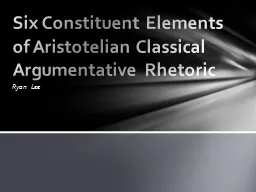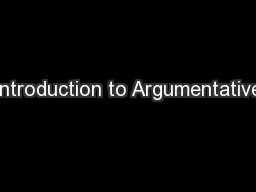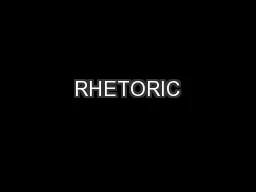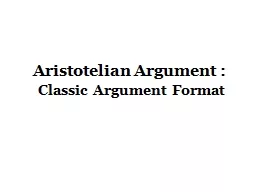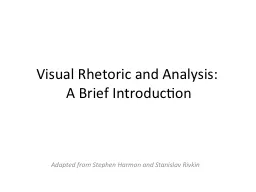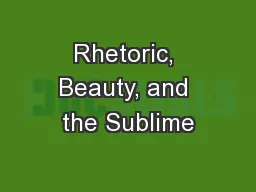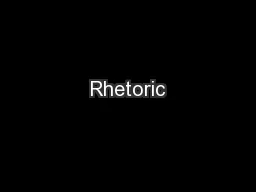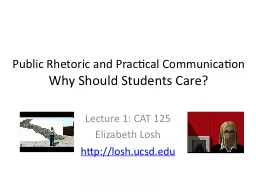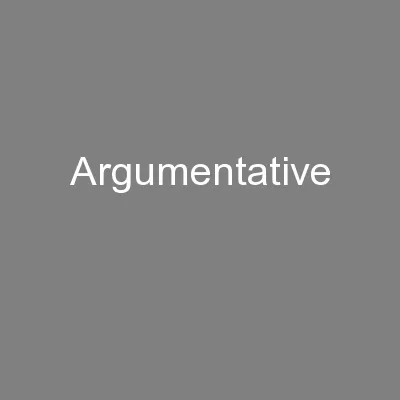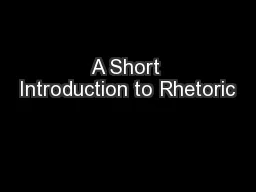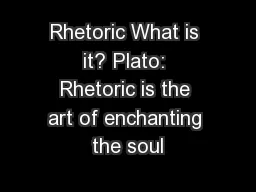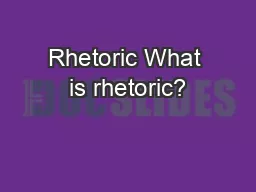PPT-Ryan Lee Six Constituent Elements of Aristotelian Classical Argumentative Rhetoric
Author : alida-meadow | Published Date : 2018-11-08
Developed by Greek philosopher Aristotle Employs ethos pathos and logos appeals In conjunction with stasis theory a process of prewriting What are the facts What
Presentation Embed Code
Download Presentation
Download Presentation The PPT/PDF document "Ryan Lee Six Constituent Elements of Ari..." is the property of its rightful owner. Permission is granted to download and print the materials on this website for personal, non-commercial use only, and to display it on your personal computer provided you do not modify the materials and that you retain all copyright notices contained in the materials. By downloading content from our website, you accept the terms of this agreement.
Ryan Lee Six Constituent Elements of Aristotelian Classical Argumentative Rhetoric: Transcript
Download Rules Of Document
"Ryan Lee Six Constituent Elements of Aristotelian Classical Argumentative Rhetoric"The content belongs to its owner. You may download and print it for personal use, without modification, and keep all copyright notices. By downloading, you agree to these terms.
Related Documents

